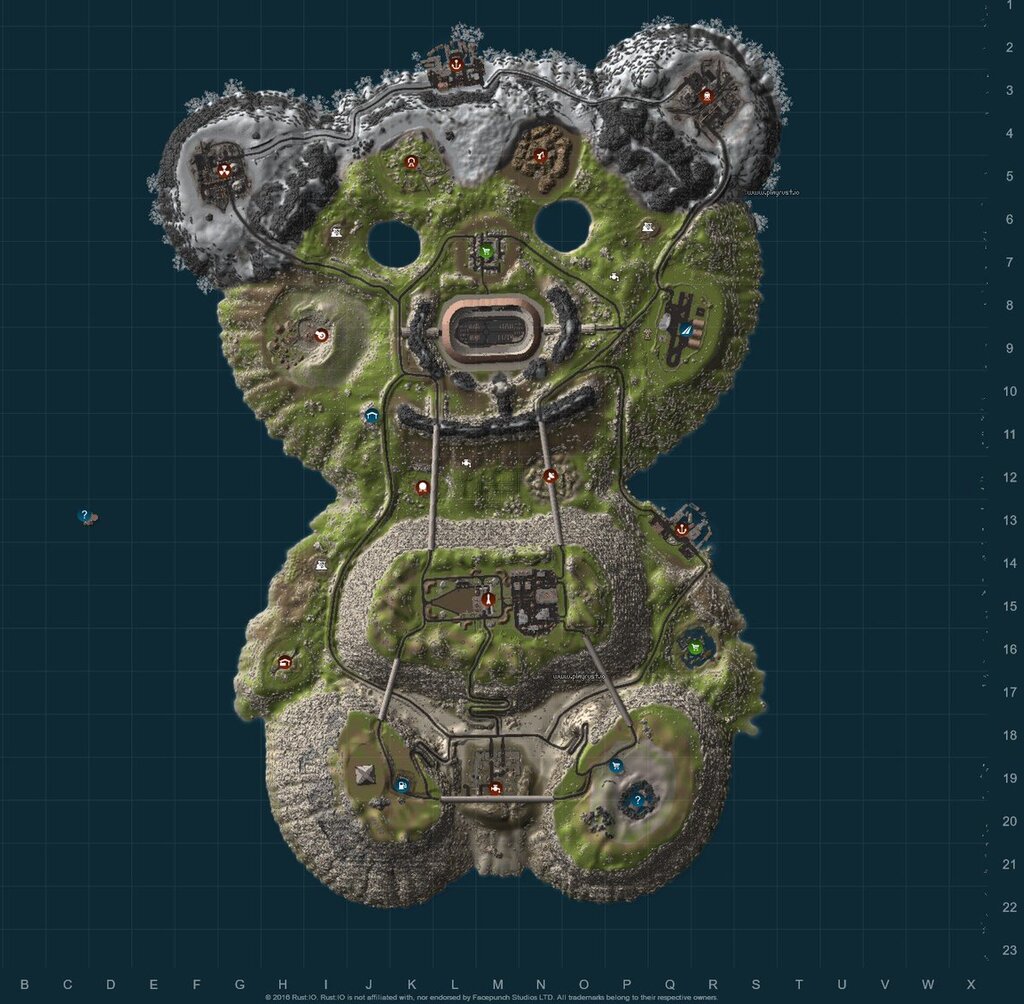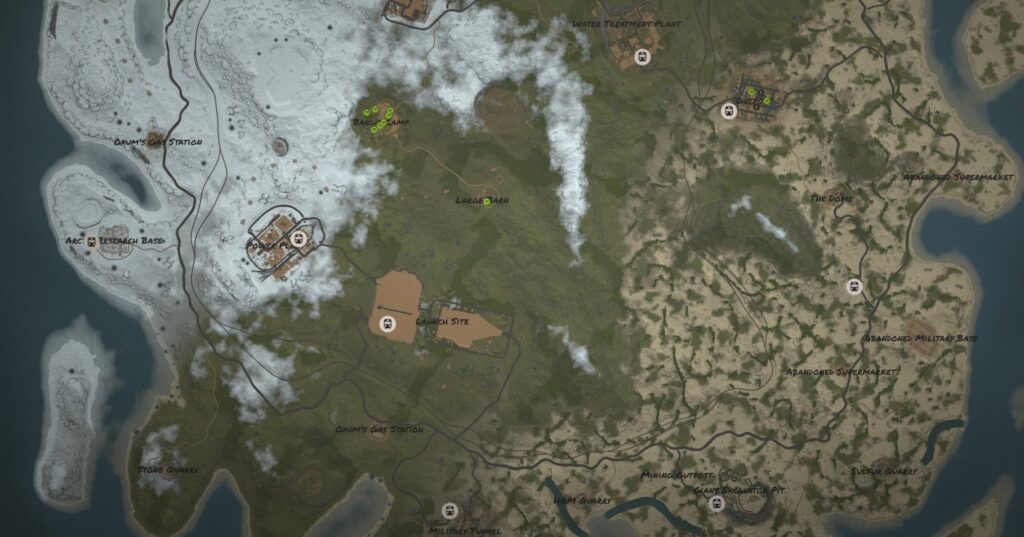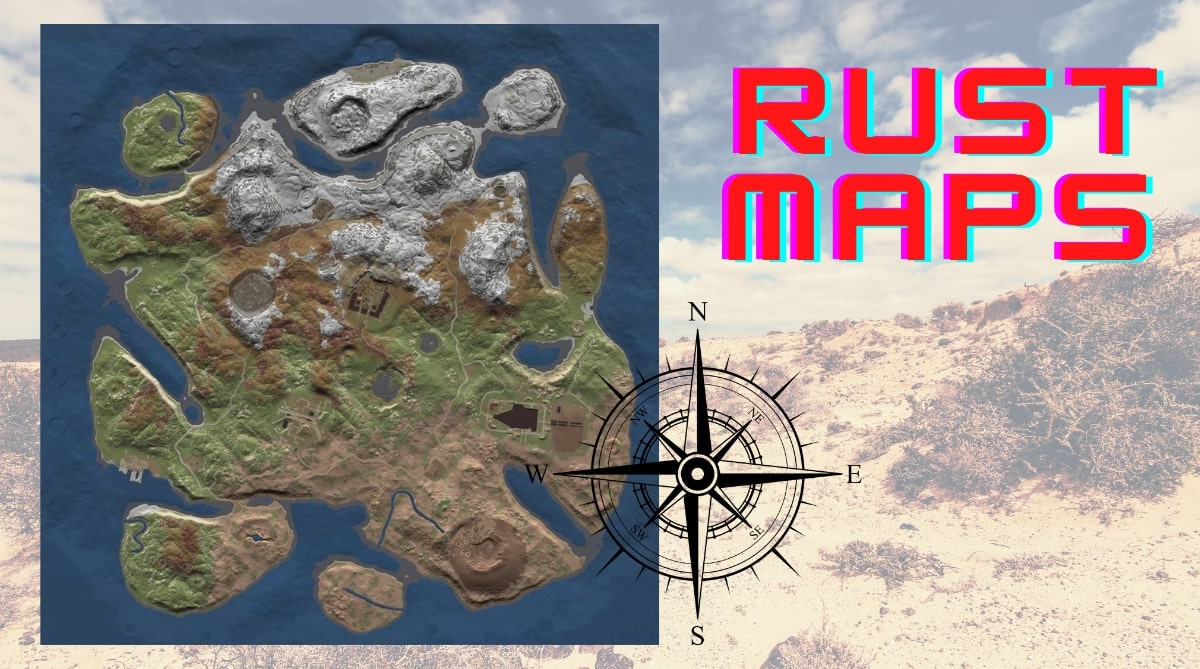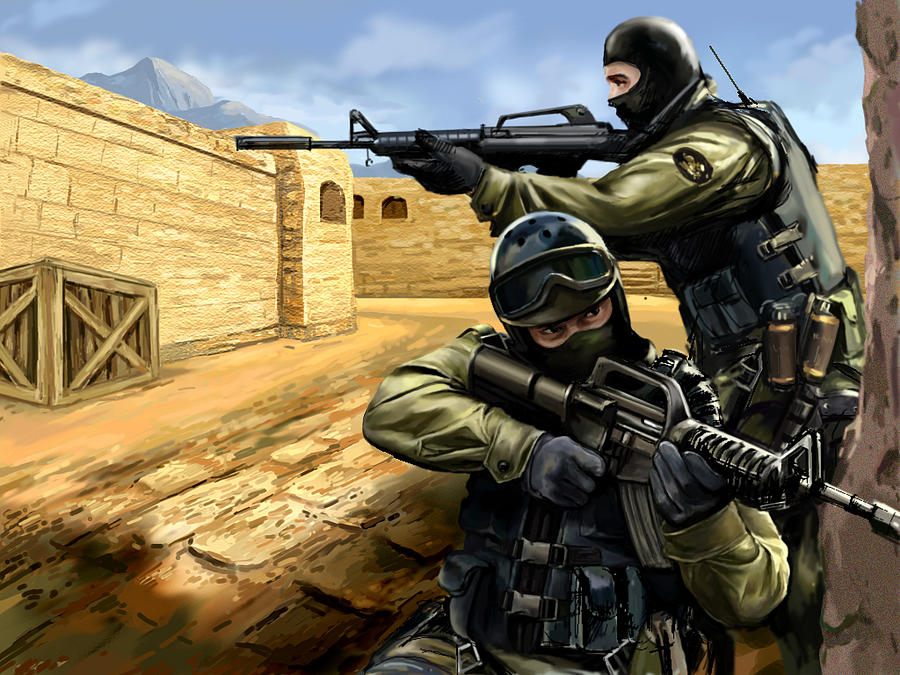Rust is a popular survival game that challenges players with resource gathering, crafting, and combat in a harsh, post-apocalyptic world. One of the key aspects of the game is its maps, which can significantly impact the gameplay experience. This guide will explore all Rust maps, answer whether they are randomly generated, discuss the best maps, and delve into custom maps, map sizes, and more.

All Rust Maps
Rust features a variety of maps that cater to different playstyles and preferences. Here’s an overview of the primary types of Rust maps:
Official Maps
- Procedural Map: The most common type, procedurally generated to provide a unique experience each time you play.
- Hapis Island: A static, hand-crafted map known for its balanced design and rich gameplay experience.
- Savas Island: A smaller, combat-focused map designed for faster-paced gameplay.
- Barren: A simpler, more performance-friendly version of the procedural map with fewer visual details.

Are Rust Maps Randomly Generated?
One of the most common questions about Rust maps is whether they are randomly generated. The answer is yes and no:
Are Rust Maps Randomly Generated?
- Procedural Maps: Yes, these maps are randomly generated using a seed system, ensuring a unique layout each time a new map is created.
- Static Maps: No, maps like Hapis Island and Savas Island are hand-crafted and remain the same in each playthrough.
Best Rust Maps
Choosing the best Rust map depends on your playstyle and what you’re looking for in the game. Here are some of the best Rust maps:
Best Rust Maps
- Hapis Island: Great for new players and those who prefer a structured map with clear landmarks.
- Procedural Maps: Ideal for players who enjoy the unpredictability and challenge of exploring new terrains.
- Savas Island: Perfect for those who prefer intense, combat-focused gameplay.

Custom Maps in Rust
Custom maps allow players to create and explore unique environments tailored to specific gameplay styles and preferences. Here’s what you need to know about custom maps:
Custom Map Rust
- Creating Custom Maps: Use Rust’s map editor to design and build your own maps, adding custom terrains, structures, and resources.
- Custom Maps Rust: Share your custom maps with the community or download maps created by others for a fresh gameplay experience.
- Custom Rust Map: Customize every aspect of the map, from terrain features to spawn points and resource locations.
Free Rust Maps
Many players look for free Rust maps to expand their gameplay options without additional costs. Here’s how to find and use them:
Free Rust Maps
- Community Resources: Websites like RustMaps and RustEdit offer a variety of free maps created by the community.
- Server Hosting: Some Rust servers host custom maps for free, allowing you to join and experience new environments without downloading anything.
How Big is the Rust Map?
The size of a Rust map can greatly affect gameplay, influencing everything from resource availability to player interactions. Here’s a look at Rust map sizes:
How Big is Rust Map?
- Procedural Maps: These can vary in size, typically ranging from 3.5km to 4.5km on each side.
- Hapis Island: Approximately 3.5km x 3.5km.
- Savas Island: Smaller, designed for more compact and intense gameplay.
- Barren: Similar in size to procedural maps but with simplified terrain.
How Big is the Rust Map?
The typical Rust map size is around 4km x 4km, providing a vast area for players to explore, build, and survive.
Map Button in Rust
Navigating and understanding the map is crucial for survival in Rust. The map button is an essential tool for this:
Map Button Rust
- Accessing the Map: Press the
Gkey by default to open the map in Rust. - Features: The map displays your location, terrain features, monuments, and other important landmarks.
- Customization: On custom maps, the map button can be configured to show additional custom features and markers.
Conclusion
Rust maps play a critical role in shaping the gameplay experience, whether they are procedurally generated, static, or custom-created. Understanding the different types of maps, how to create and use custom maps, and the significance of map sizes can enhance your survival strategy. Whether you’re exploring the best Rust maps or diving into custom creations, this guide provides the knowledge you need to make the most of your time in Rust.


